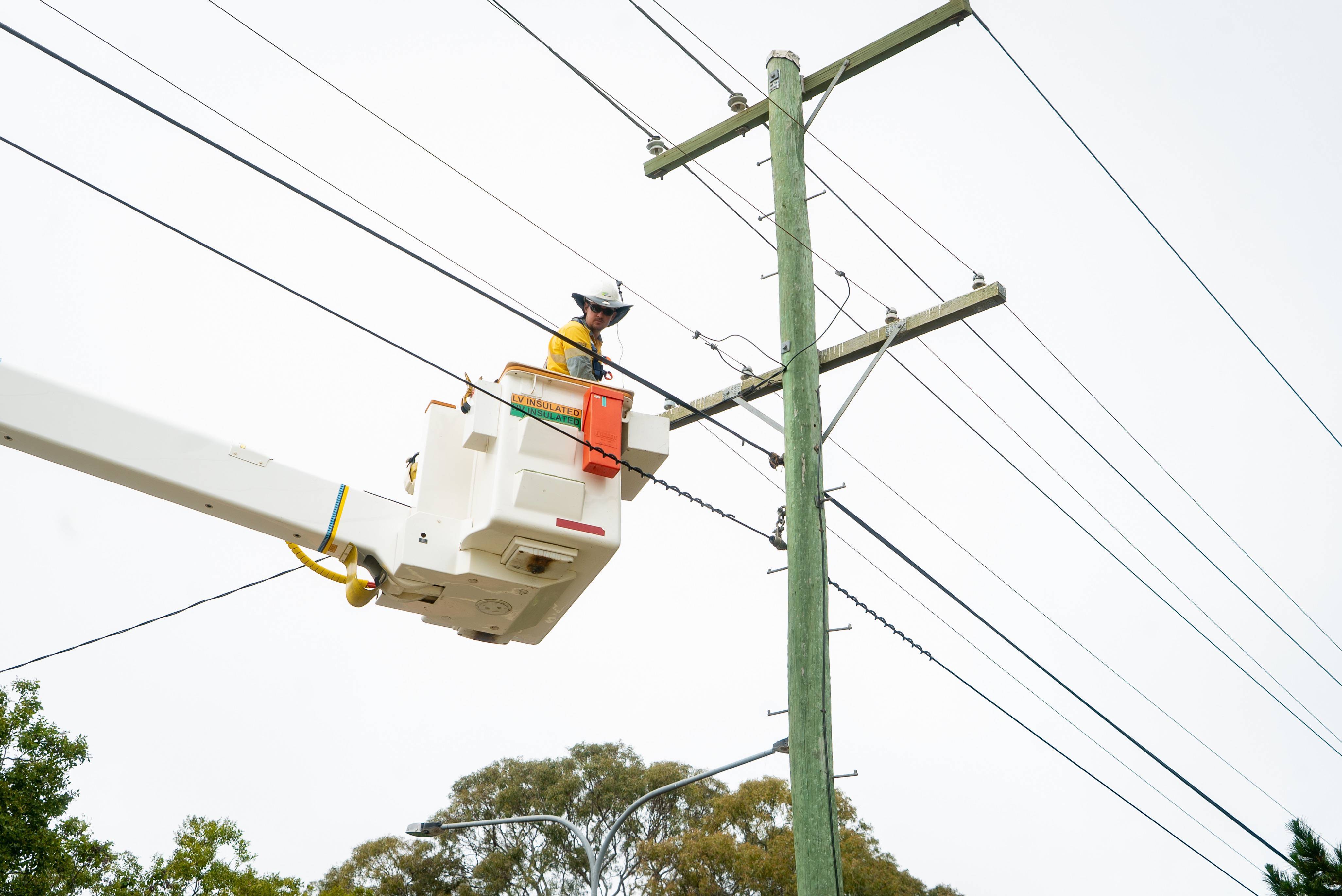Understanding the network
Our electricity distribution network is made up of many complex components designed to work together to safely deliver quality and reliable electricity to your home, business and the community.
Detailed below are some of the key components that play a part in supplying electricity through our distribution network.
Bulk supply substations
We receive electricity from Powerlink Queensland at bulk supply substations. The electricity is then distributed at 132,000, 110,000 or 33,000 volts to zone substations.
Zone substations
Zone substations receive electricity through powerlines or underground power cables from the bulk supply substations. They transform this electricity to 11,000 volts for distribution along powerlines or underground cables to distribution substations.
Distribution substations
Distribution substations receive the 11,000 volt supply from the zone substations and transform it to a voltage suitable for use in your home or business by 240 volts electrical equipment.
Distribution substations are located on the electricity network, which generally runs along the street outside your home or business. They're generally the large boxes you notice mounted on poles or, if you have underground power, the pad-mounted box on the street.
Transformers
Transformers are one of the central components in all types of substations. They reduce the voltage of electricity to a lower level suitable for domestic or commercial use.
Powerlines/cables and poles
Our substations are connected by overhead electricity powerlines, which are supported by electricity poles and underground cables.


